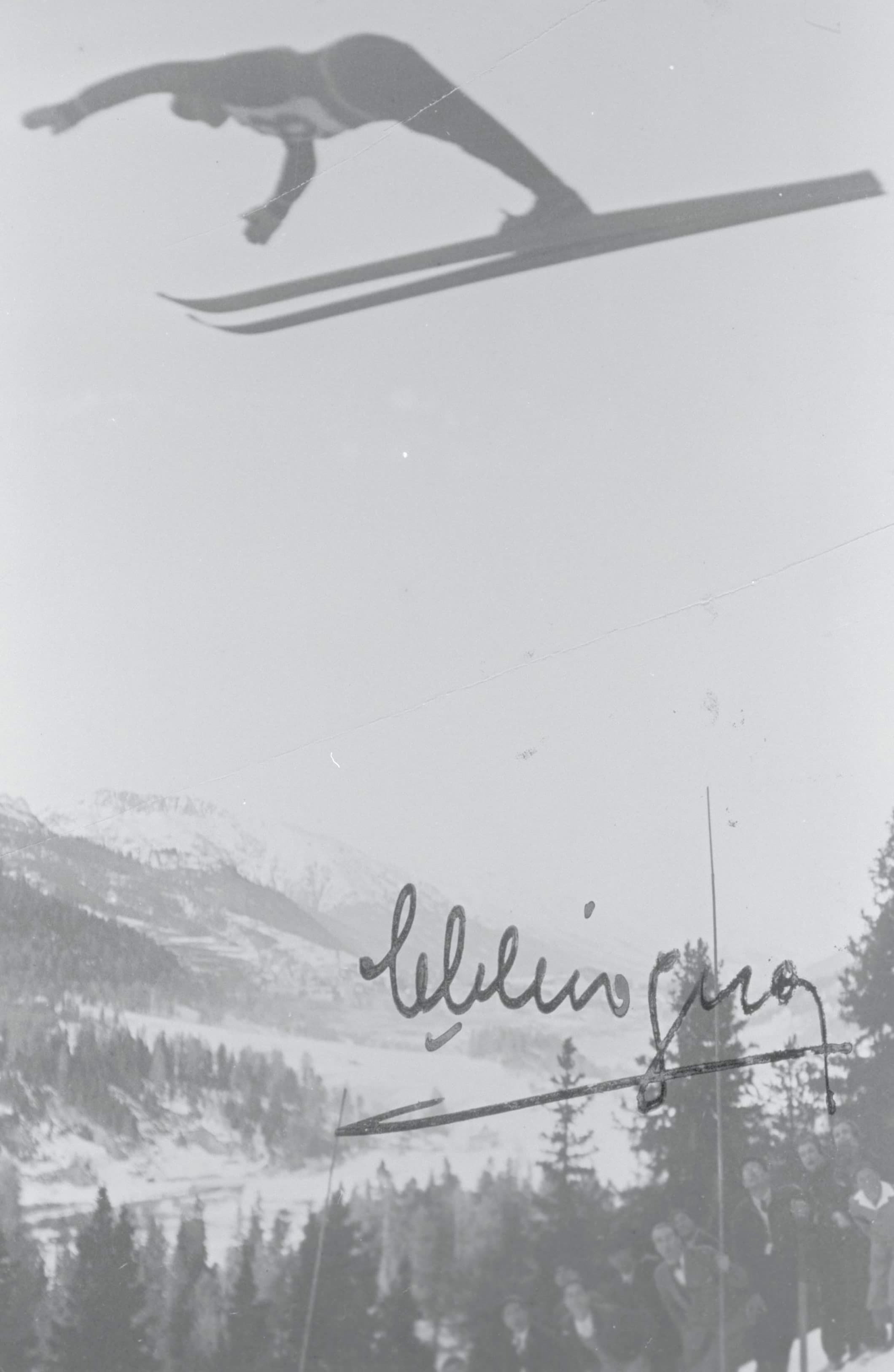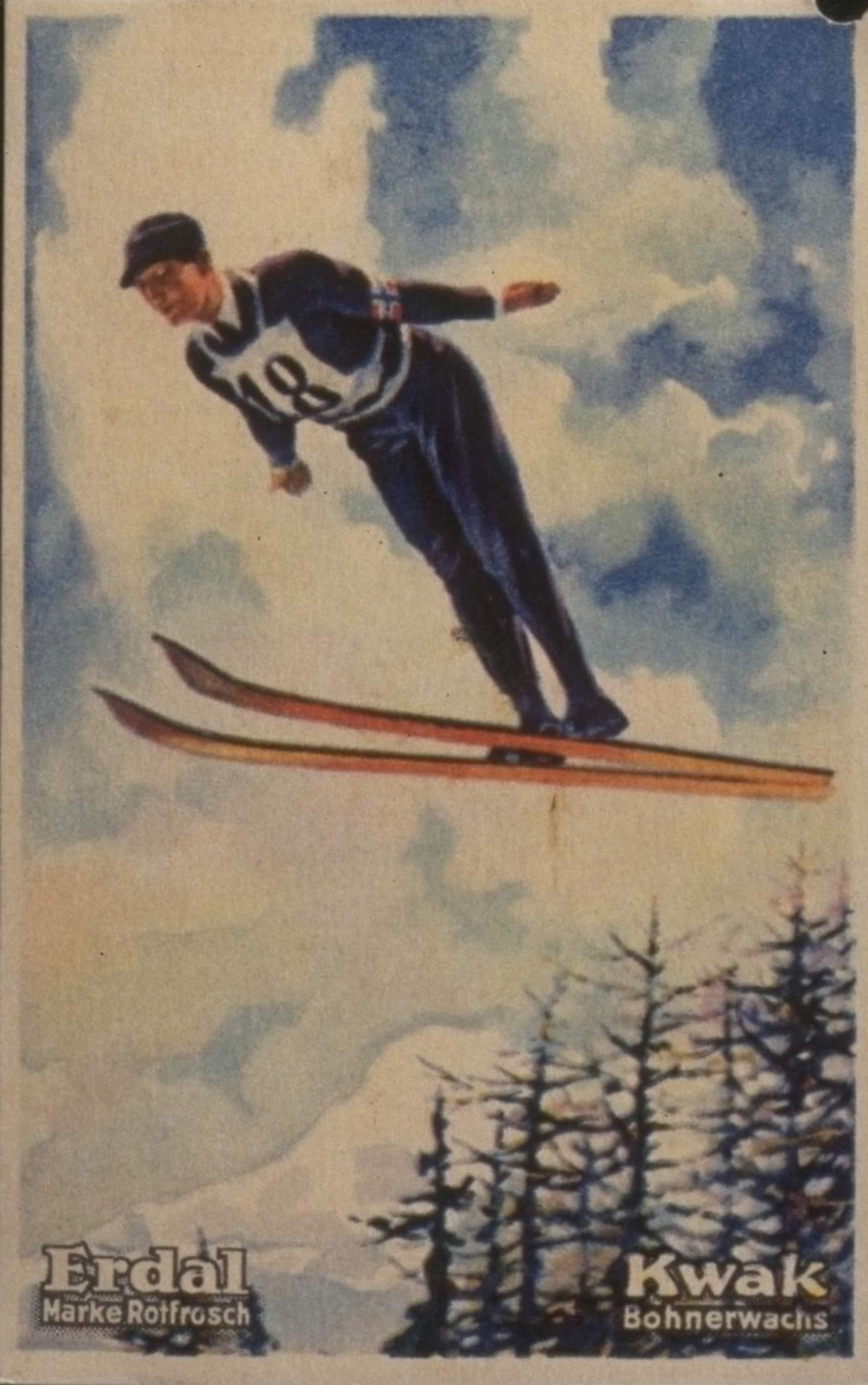Andersen reaches for the sky
Staged on the resort’s K90 Olympiaschanze hill (the biggest in the world at the time) and watched by a crowd of more than 8,000 enthusiastic spectators, the ski jumping competition at St Moritz 1928 was made notable by the fact that the 38-strong field featured a Japanese jumper by the name of Motohiko Ban, the first athlete from his country and from Asia to compete in the Olympic Winter Games.
Strongly fancied to win gold were the Norwegian contingent of jumpers, among them the 1924 Olympic champion and 1926 world champion Jacob Thullin Thams and the 21-year-old Alf Andersen, who dominated proceedings at Norway’s Olympic trials.
With icy conditions making the in-run quicker than usual, the judges decided to lower the start position for the first round of jumps, which saw Andersen go furthest with a leap of 60m, followed by compatriot Sigmund Ruud and Switzerland’s Gérard Vuillemeunier (57.5m).
A number of teams requested that the start position be raised before the start of the second round so that their jumpers could achieve greater speed on takeoff. The USA and the Scandinavians teams opposed the move, leading to a lengthy delay. After half an hour of discussions, the judges decided to take the start position five metres further up the hill.

Wary of generating too much speed on the in-run, Andersen and Ruud chose to take their second jumps lower down, though that did not stop them posting the longest jumps of the whole competition, with Andersen flying out to 64m and Ruud to 62.5m, both jumpers also earning excellent style marks. That gave Norway a one-two ahead of Czechoslovakia’s Rudolf Puckert, who jumped 57m and 59.5m to win a first ever medal for his country at the Winter Olympics.
Meanwhile, an irate Thams climbed to the top of the hill to land an enormous jump of 73m. Sadly for him, however, he fell on landing and could finish no higher than 28th. Though the intrepid Ban came last, he had paved the way for future generations of Japanese ski jumpers, who have since lit up the world and Olympic scenes.
With the Olympic competition at St Moritz being deemed part of the 1928 Nordic Skiing World Championships, Andersen’s victory also brought him his one and only world title. The Norwegian went on to win a bronze at the 1935 worlds in Vysoké Tatry (CZE).
